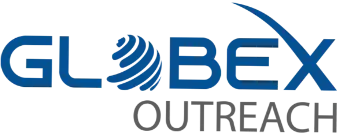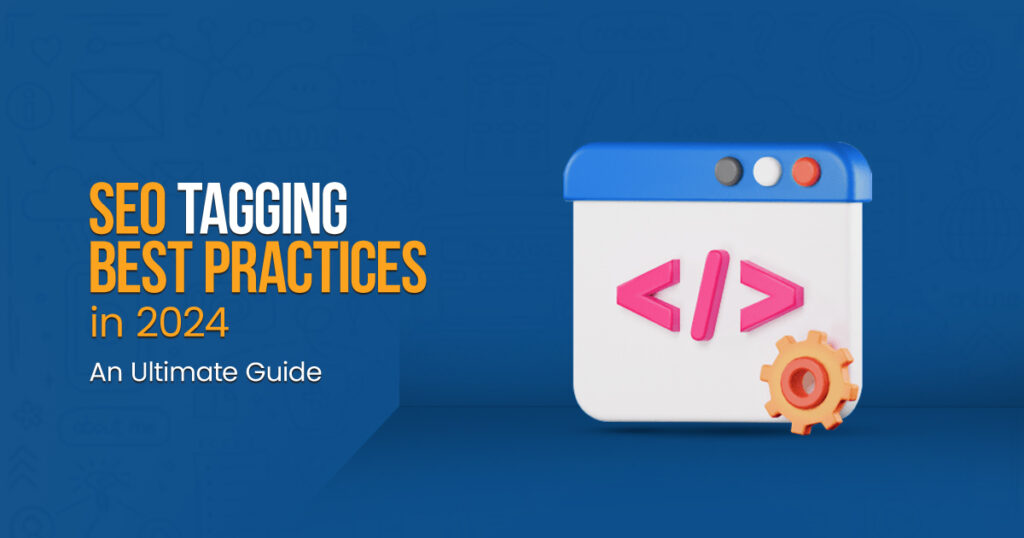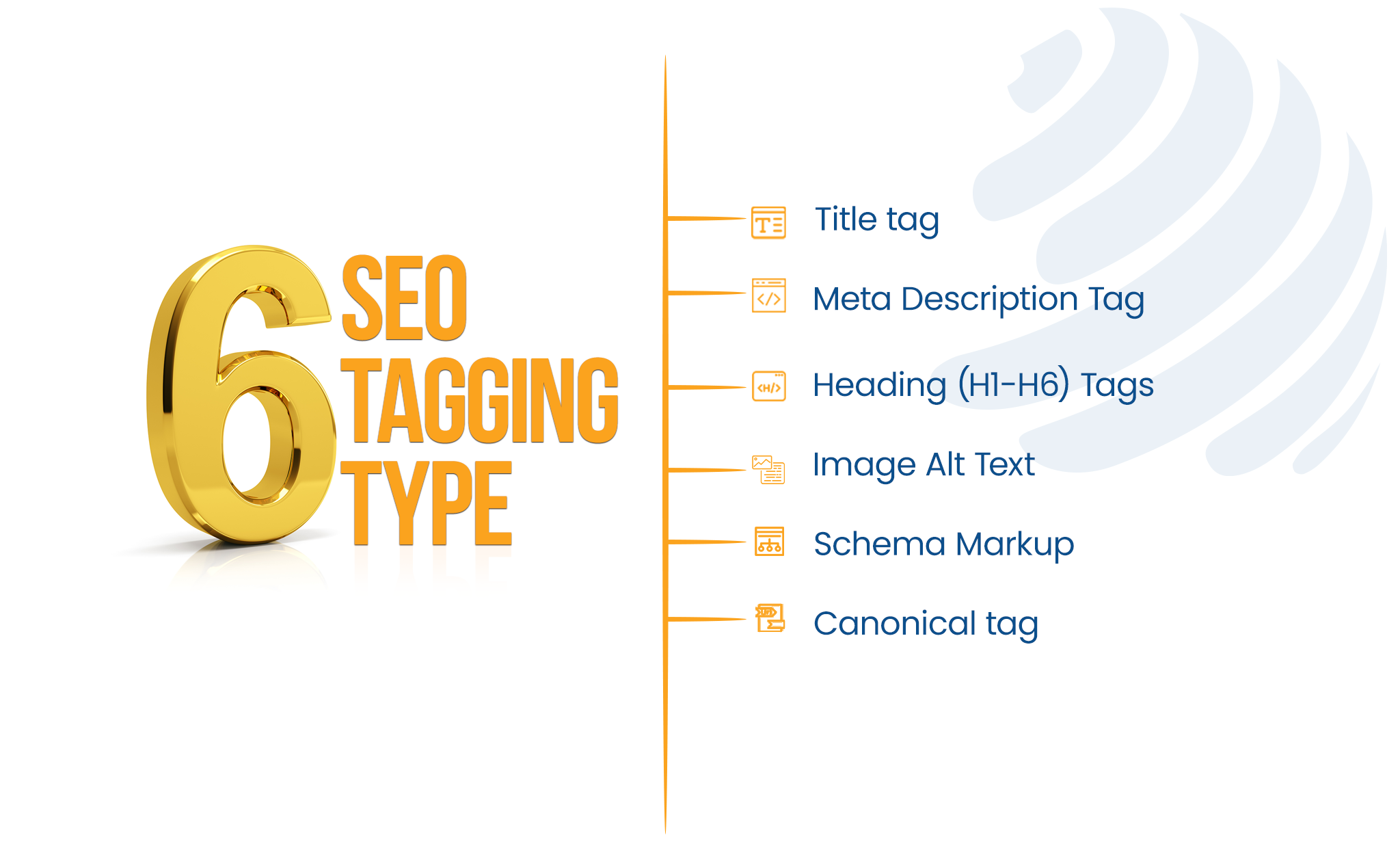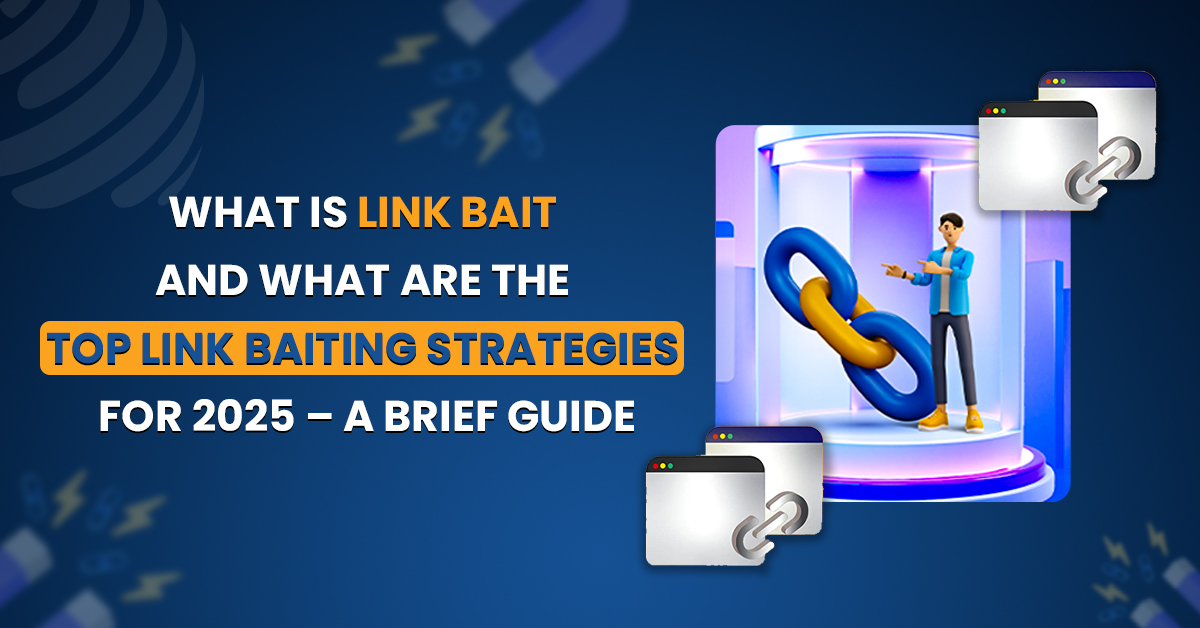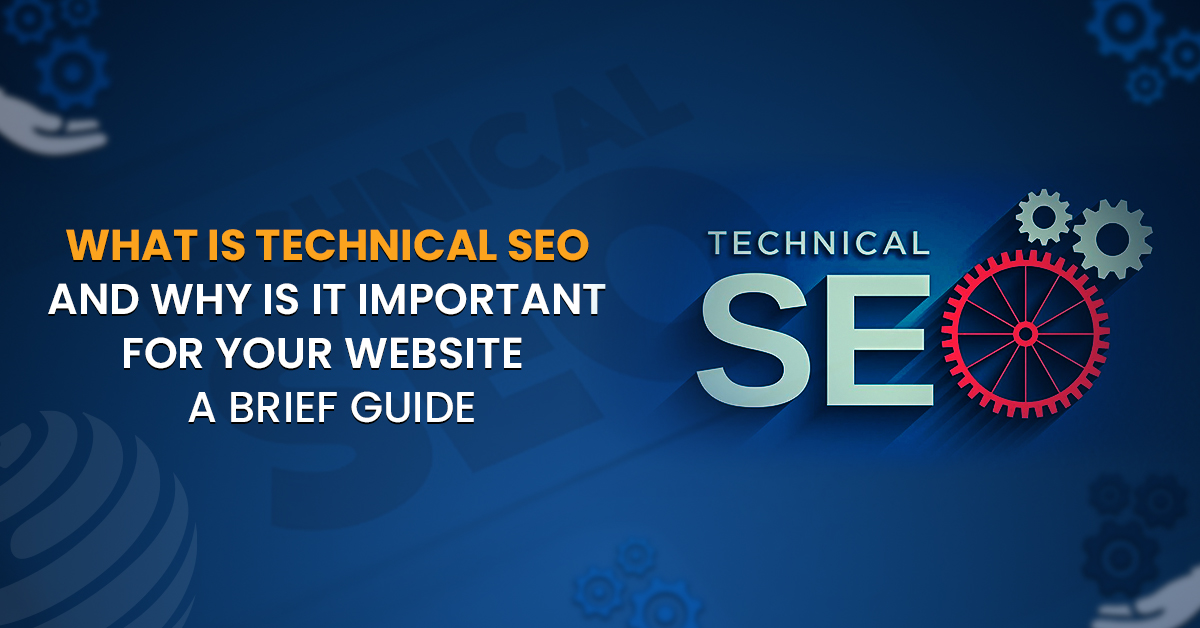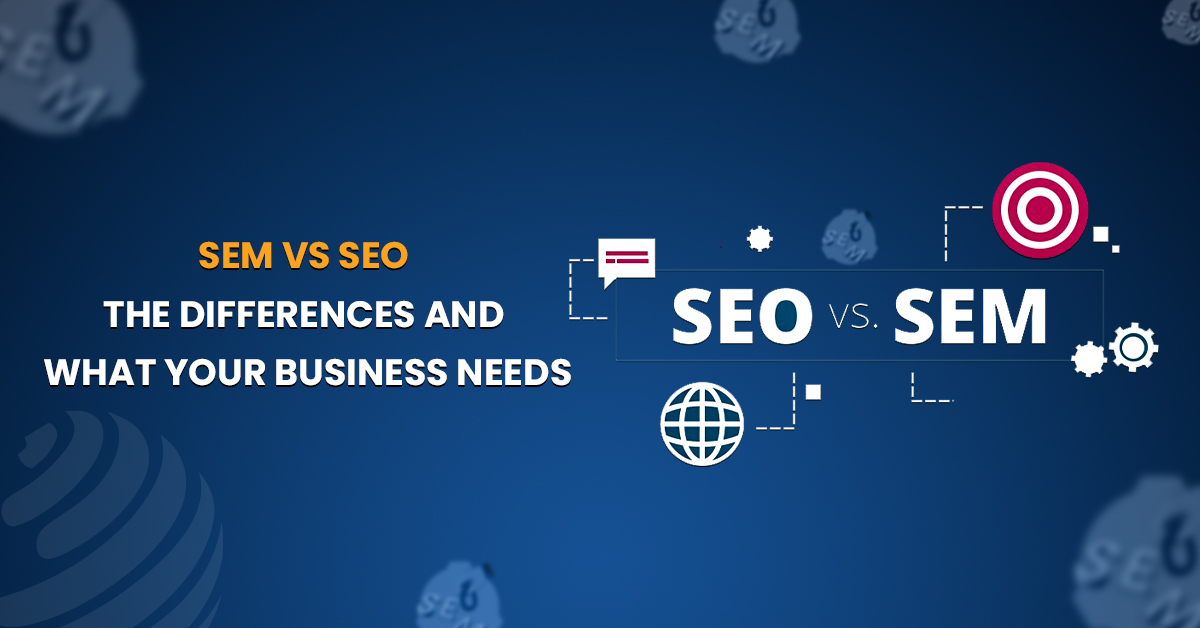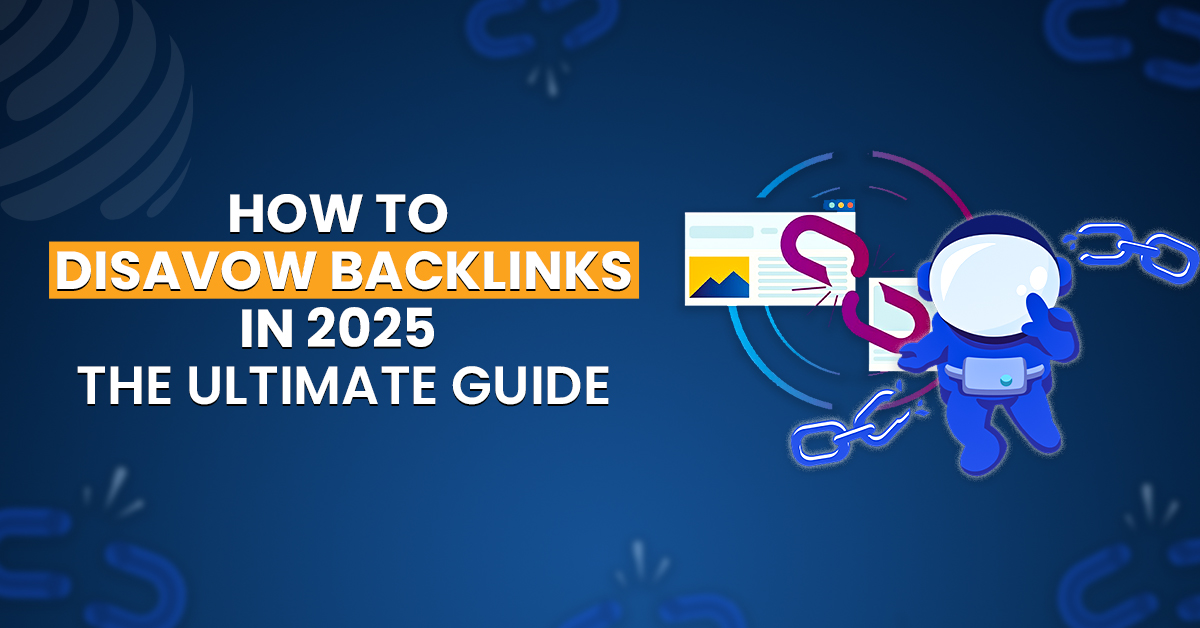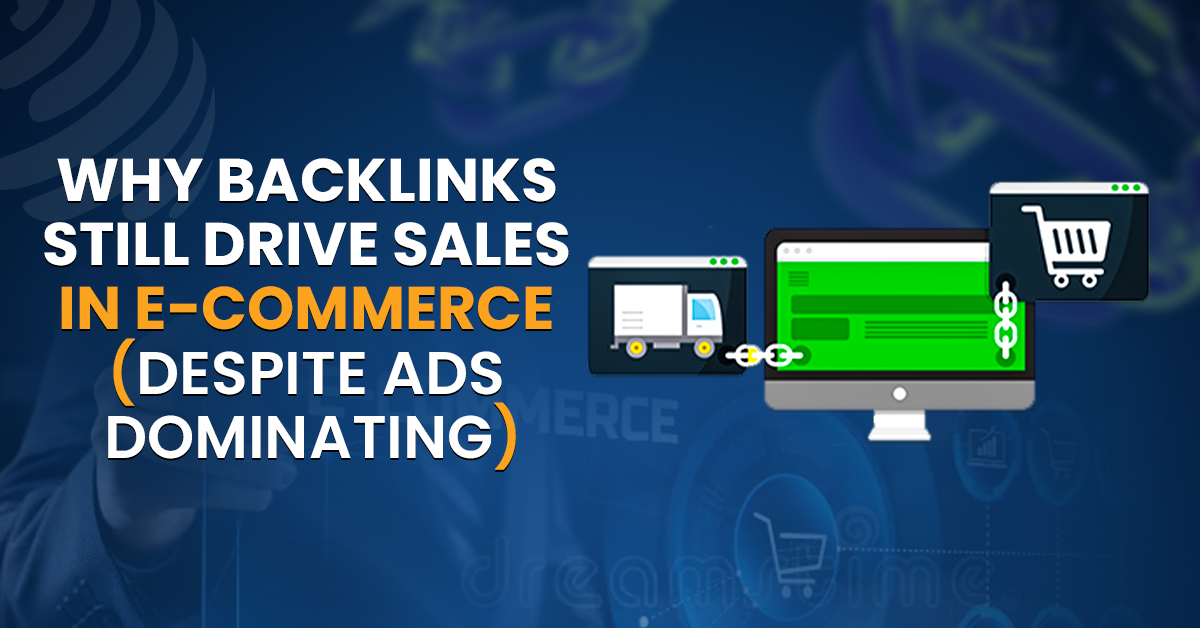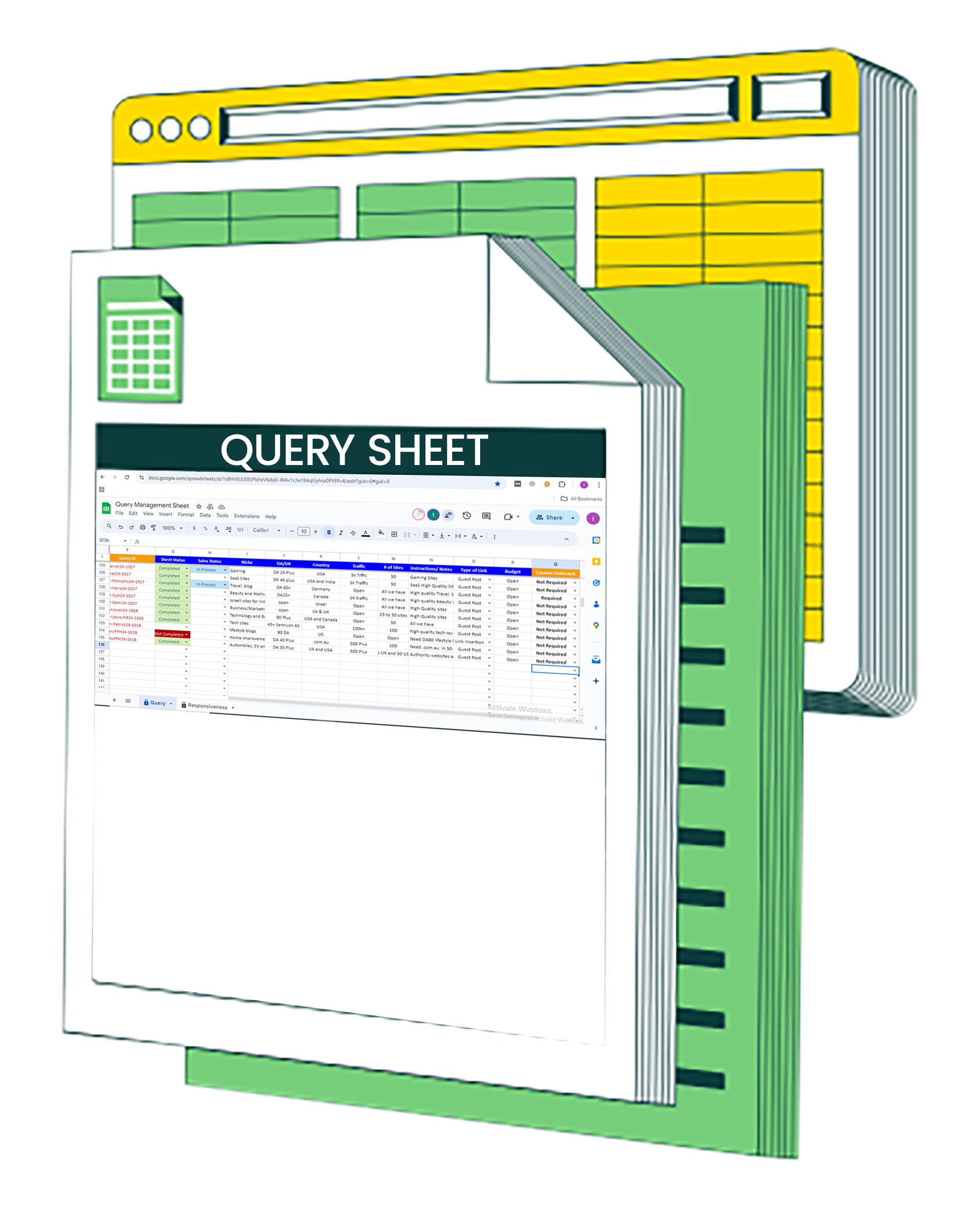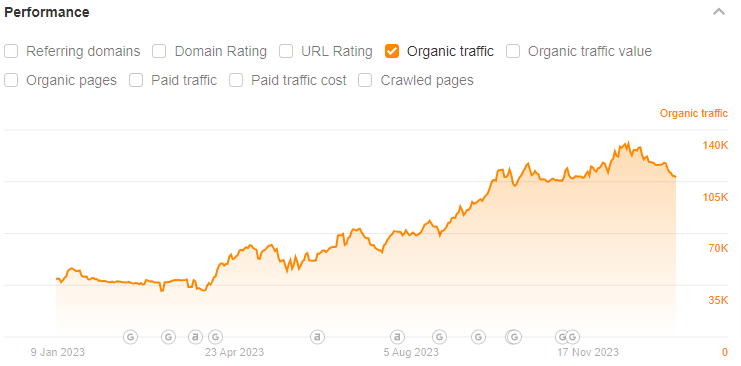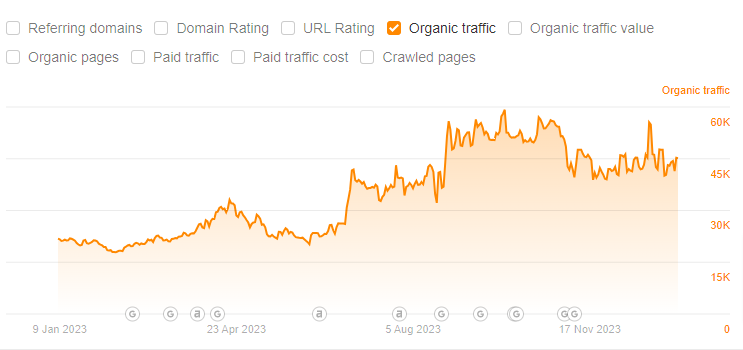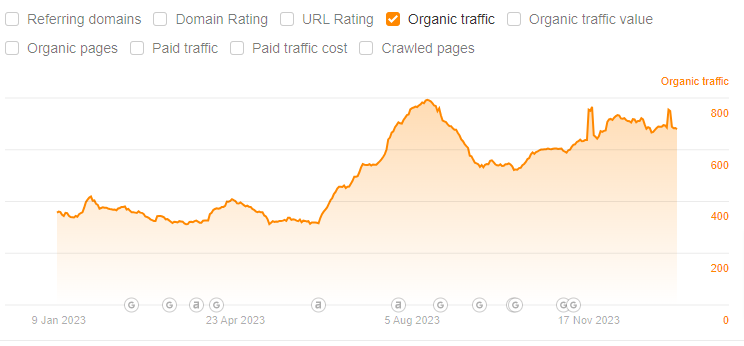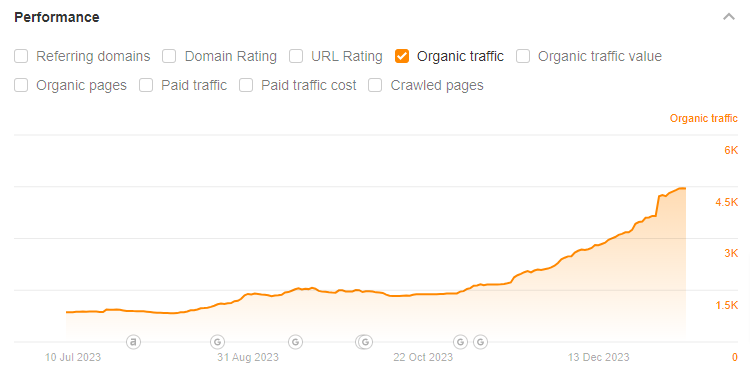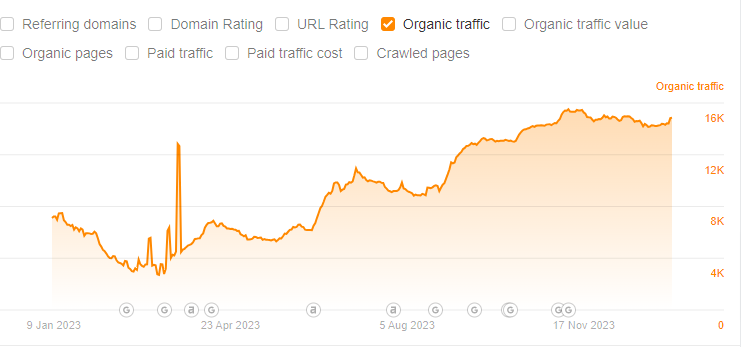Do you prioritize using HTML tags in your SEO processes? HTML tags are back-end code elements of all web pages. However, some specific SEO tagging types offer search engines crucial information for SERP display.
For all intents and purposes, the elements focus on the parts of your web content relevant to search so that search engines can crawl it. It’s optional to include all HTML tags in your content. In fact, doing so can result in poorly presented information that no one wants to read.
Instead, focus on a few specific seo tags. These are highly effective in gaining SEO benefits in many ways, allowing you to concentrate your efforts for maximum impact. In this comprehensive guide, we’re going to illuminate the significance of seo tagging best practices and how you can take advantage of them.
30-Second Summary
Looking to empower you to provide more value to your audience and take control of your SEO strategy? This comprehensive guide features insights into the six most effective seo tags and the best practices to implement them, ensuring you’re well-equipped to enhance your SEO strategy.
1. Title tag
Title tags are one of the most utilized seo tags types to help SEO professionals set up clickable headlines so their audience can see in the SERP.
Best Practices for Title Tags
In on-page SEO best practices, two things must be added to your title tags – one is the primary keyword, while the other one is solution-oriented and CTA-based information but in a concise way. Failure to do so can result in poor SERP performance and reduced click-through rates.
- Keep Your Title Length as Per Google Guidelines – Google only shows the first 50 to 60 characters of your title and cuts the rest. So, it’s advised to fit the crucial information before the cut-off point.
- Avoid Keyword Stuffing – It’s crucial to remember that if you stuff more than two keywords in your title tag, Google will penalize you. Ensure there’s no keyword stuffing in your title to maintain a coherent and user-friendly sentence structure.
- Write an Excellent Copy – You don’t only focus on sales generation or be generic. Always create headlines that bring value to your content and inspire the expectations of your audience to click the link. For instance, a title like ‘Best SEO Tagging Practices for 2024’ is more engaging than a generic one like ‘SEO Tips ‘.
- Add your brand name – If you want to present your products and services as a recognizable brand, adding your brand name to your title can increase the chances of reaping more click-through rates (CTRs).
2. Meta Description Tag
Meta-description tags are an effective strategy when it comes to setting up descriptions within search result snippets. While Google doesn’t always prioritize Meta description tags when creating these snippets, having a well-crafted meta description can significantly increase the chances your meta description will appear on the search engine results page. It’s your opportunity to provide a concise, compelling summary of your page’s content, enticing users to click through to your site.
Best Practices for Meta Description Tags
Meta descriptions-writing rules are not strict. If you’re unable to write a good one, rest assured that Google will write one for you, giving you the flexibility to focus on other aspects of your SEO strategy.
- Keep Your Title Length as Per Google Guidelines – Just like headlines, Google will consider only the first 150-160 characters of your Meta description to show on SERP and cut the rest. So, be strategic in providing information that can maximize your searchers’ interest.
- Write an Excellent Copy – Meta description isn’t just about ranking on Google; it’s all about optimizing products and services-related information for search intent. The more relevant your description is, depending on your searchers’ needs and interests, the prospects of a user clicking the link and visiting your page will skyrocket.
- Skip Meta Description – Suppose your web page contains long-tailed keywords or targets a variety of keywords. In that case, you should leave the meta description on Google. Google will scrape your page, and it will use a few appropriate quotes to populate your snippet regardless.
3. Heading (H1-H6) Tags
Utilizing heading tags is essential for organizing your web pages both for readers and search engines. These tags not only help readers navigate your content but also assist search engines in understanding the structure and hierarchy of your page, which can improve your SEO performance.
If an article lacks section divisions, the majority of readers will likely leave immediately as it feels overwhelming. Therefore, from a user’s perspective, headings serve as helpful navigational tools.
From the standpoint of search engines, heading tags are fundamental for understanding the content and assist search crawler bots in comprehending the page’s topic.
Best Practices for Heading (H1-H6) Tags
Headings should follow general copywriting principles, which involve breaking the copy into manageable chunks and keeping the formatting consistent.
- Avoid using more than one H1 heading – One of the best seo h1 best practices is that Search engines treat it as the title of the page. It should not be mistaken for the title tag, which appears in search results, while the H1 tag is displayed on your website.
- Maintain A Shallow Structure – Make use of heading levels below H3. Utilize H1 for the title, H2 for section headings, and H3 for subsections. If you go beyond this trend, it will lead to confusion.
- Create Query-like or Solution-Oriented Headings – You must consider heading as an extra yet favorable opportunity to get ranked in search results. Be sure that each heading sounds either like a query or a solution to any problem your prospective readers may have. Don’t forget to add relevant keywords to them.
- Ensure Uniformity in All Headings – All headings should be phrased to form a coherent list if the accompanying text is removed. Maintaining uniformity in all headings can entice your readers to delve into what you offer them.
4. Image Alt Text
The primary purpose of alt text revolves around web accessibility. From an SEO perspective, the alt text helps Google in terms of image indexing, improving user experiences, and boosting image traffic. It also helps visually impaired people understand the actual message of an image on the website.
If your work involves visuals such as product images, artwork, or stock images, it’s important to use image alt texts.
Best Practices for Adding Image Alt Text
Adding all text tags requires you to find all the images that do not have alt texts. For this, you can leverage a tool — WebSite Auditor, which will crawl your website and narrow down a list of images without alt text.
You need to follow some of the best alt tag seo best practices mentioned below once you have created your list.
- Be Concise Yet Descriptive – Good alt text is a line or two of textual content that would help people with a complete lack of sight to understand what’s inside the picture. As per Google’s perspective, establish a strong correlation between your textual content and image content to improve image search intent.
- Don’t Make it Too Short – One word, or even a few words, cannot describe what you are trying to convey to your readers. Strive to differentiate your image from other images on your web pages. It’s best to consider adding possible attributes displayed in an image – such as type, color, material, shape, finish, and lighting, but concisely.
- Refrain from Keyword Stuffing – Keyword stuffing is strictly prohibited in all seo tags types, and alt text is no exception. Be mindful of adding one or two keywords to the image alt text. So, you can make it more understandable for both readers and Google.
5. Schema Markup
Schema.org encompasses a series of tags developed with the collaboration of Google, Bing, Yahoo!, and Yandex. If you are running a website, you can use tags to give valuable insights about various types of pages to these search engines.
As a result, search engines leverage this insightful data to enhance their SERP snippets with diverse, rich features. It needs to be clarified whether using Schema markup definitively boosts ranking. Nevertheless, the enhanced appearance of the resulting snippets undeniably improves visibility in search results.
Best practice for Schema Markup
The only best practice is to browse schema.org and look for if there are any tags to be applied to your types of web pages. Hundreds of thousands of tags are available on this website, so you can pick an option that will improve your site listings on SERP.
6. Canonical tag
Among the most effective and in-trend SEO tagging types, Canonical tags come with the exceptional purpose of freeing you from the prospects of duplicate content.
In some cases, a single page can have multiple addresses due to reasons beyond your control, such as differences in protocols (http/https) and tracking tags or as a result of various sorting and customization features within product catalogs.
While not a significant issue, having multiple addresses can potentially impact your crawl budget, page authority, and performance tracking. One solution is to utilize a canonical tag to indicate the primary address for the page to search engines.
Best Practices for Canonical Tag
In the pursuit of inhibiting prospective SEO complications, you should apply the canonical tag to the web pages mentioned below…
- Web pages accessible through diverse URLs
- Web pages containing similar content
- Dynamic web pages that form URL parameters on their own.
Wrapping It Up
When it comes to header tags seo best practices, these are highly significant for improving user experience, giving context to search engines, and maximizing the likelihood of obtaining featured snippets on the SERP.
This could potentially result in improved rankings, greater visibility, and increased engagement. Informative headings enable readers to navigate and find relevant sections quickly.
From the perspective of search crawlers, headers provide semantic signals regarding the context and importance of page content. Be aware of the power of SEO tagging best practices. Prioritize them when optimizing your content.
————————————————
Frequently Asked Questions – FAQs
Q1 – What are the most utilized SEO tagging types?
Title tags, meta description tags, heading (H1-H6) tags, image alt text, schema markup, and canonical tags are among the most utilized types of SEO tagging.
Q2 – How do SEO title Tags work?
An SEO title tag must have the keyword you are looking to target. This informs both search engines and searchers your webpage is relevant to the search query of any searcher. On the other hand, searchers prefer to click on a web page if they find the exact keywords or keyword phrases written in the title.
Q3 – Do tagging images Offer SEO Benefits? If Yes, how?
It contributes significantly to improving your site’s SEO performance. Image tagging with descriptive but concise keywords can help Google and other search engines get insights into what the image presents. Your content will rank a bit higher and show your images posted with alt text on image search results.
Q4 – Why does Google include image alt text in Meta descriptions?
Alt text assists Google in understanding the content of images and improving the overall context of your web page. Once Google includes alt text in meta descriptions, it facilitates accurate and solution-oriented search results that best match your searchers’ intent. Hence, the overall user experience and relevancy of search queries will be improved.
Q5 – How can SEO tagging benefit Your Site?
Some of the most credible seo tags benefits are – that it can improve search engine visibility, enhance user experience, understand searchers’ intent, address their queries, and so on.
